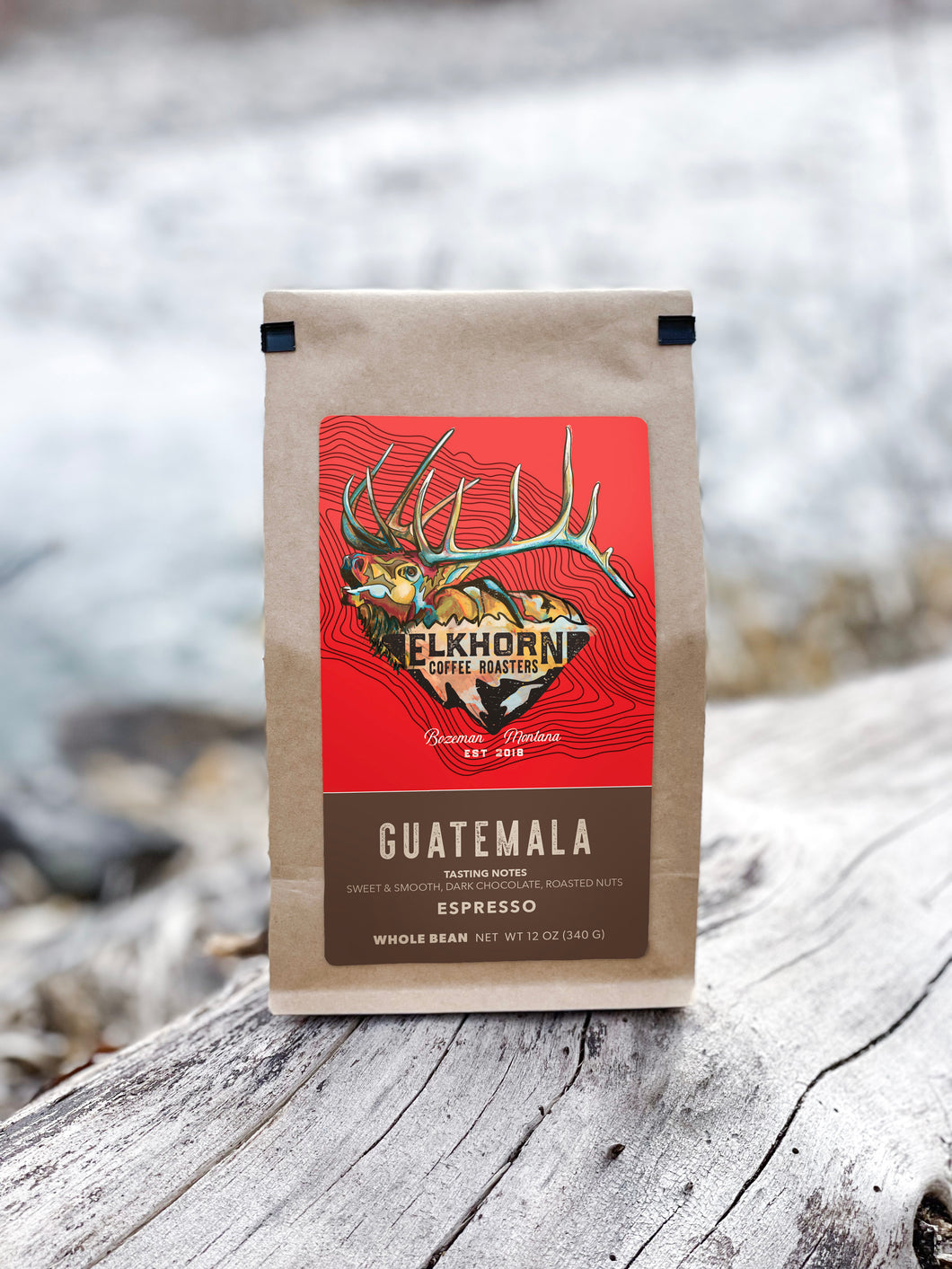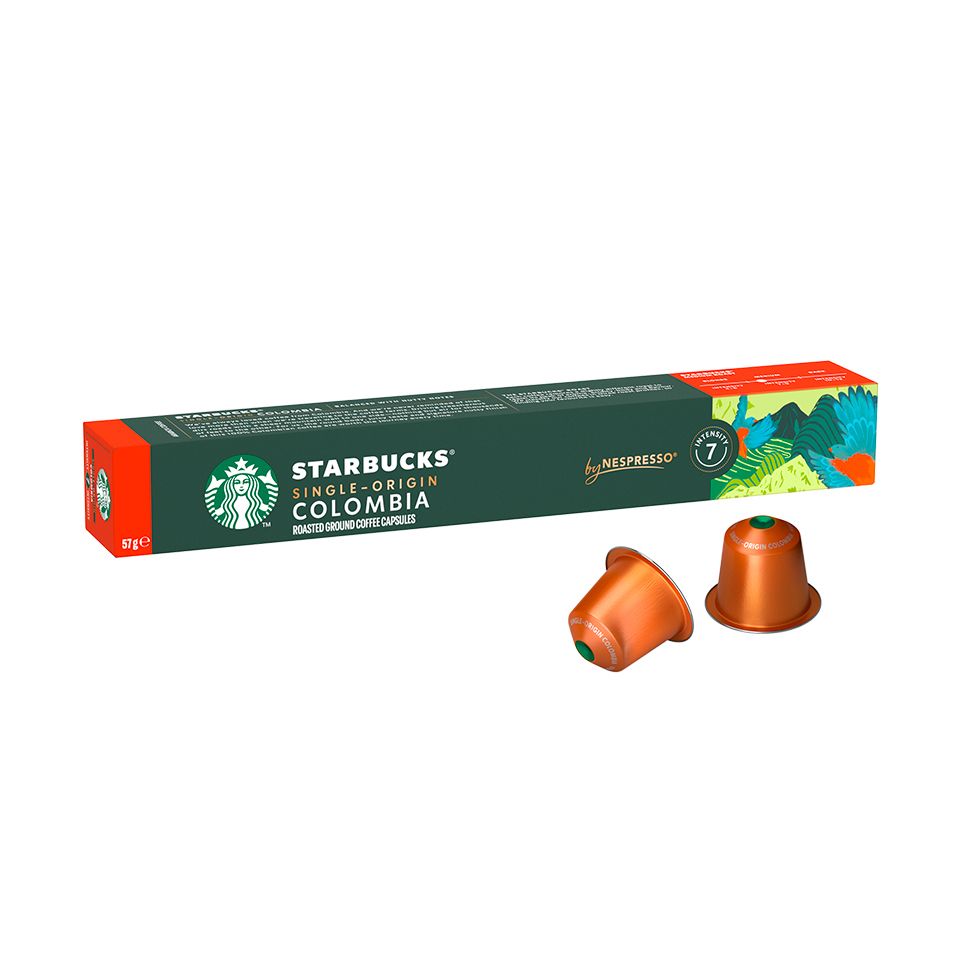The Coffee Lover’s Guide to SOE Single Origin Espresso Beans
The Coffee Lover’s Guide to SOE Single Origin Espresso Beans
Blog Article
Comprehending Coffee Beans: the Trip From Coffee to Blended Coffee Beans

The Beginnings of Coffee: An International Viewpoint
While you may consider coffee as a contemporary staple, its beginnings map back centuries, linking with cultures around the world. The story starts in Ethiopia, where tale states a goat herdsman named Kaldi uncovered the energizing results of coffee beans after noticing his goats romping vigorously after consuming them. This triggered passion, leading to coffee's infect Arab traders that valued the made drink. By the 15th century, it reached Persia, Egypt, and Turkey, where coffeehouses came to be social hubs for conversation and culture.
As trade courses expanded, coffee made its method to Europe in the 17th century, promptly obtaining appeal. It changed from a mystical drink into an everyday routine, motivating events and intellectual exchanges. Each society included its unique twist to coffee preparation, improving its history. This worldwide journey highlights just how coffee attaches us, going beyond borders and joining diverse traditions with a straightforward bean.
Growing and Harvesting of Coffee Beans
As coffee's trip advanced, the emphasis moved to the growing and harvesting of particular bean ranges, particularly those used for espresso. You'll find that espresso beans often originate from Arabica or Robusta plants, each offering distinctive tastes. The excellent growing conditions include high altitudes and abundant, well-drained dirt, which improve the beans' top quality.
During the harvest, selecting approaches vary. In some regions, employees hand-pick ripe cherries, making sure just the very best fruit goes to processing. In other locations, mechanical harvesters are utilized, especially on bigger ranches. When the cherries get to peak ripeness for maximum flavor., timing is important; you want to collect.
As soon as collected, the beans are planned for processing, which is vital in determining their last taste. Comprehending the growing and harvesting procedures gives you understanding right into what enters into your favorite coffee, enhancing your admiration for every cup.
Processing Approaches: From Cherry to Bean
Now that you have actually learned regarding collecting espresso beans, allow's explore exactly how those cherries transform into the coffee beans you enjoy. You'll see just how various harvesting strategies impact flavor, complied with by the important steps of fermentation and drying. We'll break down the milling and grading procedure that identifies your coffee's top quality.
Harvesting Methods Explained
When it comes to coffee, understanding harvesting techniques is necessary, considering that they directly impact the flavor and quality of the beans you delight in. Careful choosing includes hand-picking just ripe cherries, guaranteeing you obtain the finest high quality beans. Eventually, the option of gathering technique can considerably influence your coffee experience, so it's worth understanding how those beans made it to your mug.
Fermentation and Drying Out
After gathering, the next steps in handling coffee beans play a substantial duty in forming their flavor. You'll find that fermentation is vital, as it aids break down the mucilage surrounding the beans, enhancing their taste account. Depending upon the approach, this process can last from a few hours to numerous days, with varying outcomes based upon temperature level and moisture.
Sun-drying allows the beans to soak up tastes from the environment, while mechanical drying guarantees regular moisture degrees regardless of weather. Correct drying is crucial to stop mold and mildew and protect the beans' quality, eventually influencing your cup of coffee.
Milling and Grading Process
As fermentation and drying established the phase for taste development, the milling and grading process guarantees that only the finest coffee beans make it to your cup. This phase includes eliminating the external layers of the coffee cherry, including the parchment and husk. High-quality beans get a greater quality, resulting in a richer coffee experience.
Toasting Techniques: Opening Flavor Potential
When you roast coffee beans, the technique you select can dramatically impact the flavor account. Understanding the relationship in between time, temperature level, and toasting techniques is crucial to disclosing the possibility of your mixture. Let's check out exactly how these aspects collaborated to create the excellent mug.
Roasting Approaches Explained
While you might believe that all coffee toasting methods yield the same outcomes, the fact is that each strategy discloses unique taste possibilities in the beans. Drum toasting makes use of a rotating drum to uniformly disperse warmth, boosting caramelization and generating a balanced flavor. Air roasting, on the other hand, flows hot air around the beans, advertising a lighter roast with obvious acidity.

Influence On Taste Profile
Different toasting techniques not only influence the process but likewise substantially affect the taste account of the coffee beans. Dark roasts, on the various other hand, bring out vibrant, great smoky tastes, occasionally masking the bean's unique features. Recognizing these subtleties assists you appreciate the artistry behind your cup of coffee, improving your overall experience with every sip.
Time and Temperature Variables
To launch the complete taste possibility of coffee beans, both time and temperature level throughout the toasting procedure play significant roles. When roasting, you'll discover that higher temperatures can rapidly develop tastes, yet if you rush it, you might wind up with burnt notes. Conversely, reduced temperature levels enable a more gradual taste advancement, showcasing the beans' special attributes.

Timing is equally as vital; prolonging the roast as well long can result in a loss of level of acidity and brightness, while also short a roast could leave the beans underdeveloped. Finding that wonderful spot needs practice and testing. By changing these variables, you can reveal the abundant, complex tastes hidden within each bean, developing a really impressive coffee experience.
The Art of Mixing: Crafting Special Coffee Profiles

Beginning by picking a base coffee that gives a strong structure. An intense Ethiopian bean can bring fruitiness, while a rich Brazilian coffee adds body.
As you blend, remember that each mix you could try these out informs a story. You're not just making coffee; you're producing an experience. Take your time, preference often, and delight in the journey of discovering your signature mix - Single Origin Espresso.
Developing Techniques: How Preparation Influences Flavor
Blending coffee opens up a domain name of taste opportunities, however exactly how you brew that mix can considerably affect your last cup. Various developing approaches draw out unique tastes and fragrances, so it's essential to choose wisely. For example, a French press permits sediments and oils to remain, developing an abundant, robust experience. On the other hand, a pour-over highlights the coffee's quality and illumination, excellent for showcasing fragile notes.
Espresso, with its high stress, creates a focused shot that accentuates sweet taste and crema. If you like a lighter brew, take into consideration a cold mixture method; it produces a smooth, much less acidic taste.
Inevitably, experimentation is key. Changing variables like water temperature, grind size, and brew time can transform your coffee's why not look here profile. Welcome the art of brewing to find the tastes hidden in your coffee blends. The right technique can boost your experience to new heights.
The Future of Coffee: Sustainability and Innovation
As the coffee market advances, sustainability and innovation are coming to be necessary for dealing with ecological obstacles and conference consumer demands. You'll discover that more coffee firms are embracing green practices, from sourcing beans morally to implementing sustainable farming methods. These shifts not only assist the planet however additionally boost the quality of the coffee you delight in.
You may see technologies like biodegradable product packaging and water-saving developing methods that reduce waste. Advanced innovation, such as blockchain, is likewise ending up being prominent, ensuring openness in the supply chain, which permits you to map your coffee back to its beginnings.
In enhancement, spending in neighborhood communities and supporting farmers through reasonable profession campaigns cultivates a much more lasting coffee community. As you sip your next cup, remember that your selections can add to a brighter future for coffee. By opting for sustainable brands, you're not simply enjoying a drink; you're making a favorable effect on the world.
Regularly Asked Questions
What Is the Difference In Between Arabica and Robusta Beans?
Arabica beans are smoother, sweeter, and have a higher acidity, while robusta beans are more powerful, a lot more bitter, and include even more caffeine. You'll discover these distinctions in taste and aroma when making your coffee.
Just How Does Altitude Affect Coffee Bean Taste?
Altitude influences coffee bean flavor considerably. Greater altitudes generate beans with brighter acidity and complicated flavors, while lower elevations typically produce beans that are heavier and less nuanced. You'll observe these differences in your mug!
What Are the Wellness Advantages of Alcohol Consumption Coffee?
Consuming coffee can boost your power, boost mental emphasis, and also enhance physical efficiency. It's rich in antioxidants, might lower the danger of particular conditions, and can promote a much healthier metabolic process when eaten in moderation.
Can Coffee Beans Be Recycled for Brewing?
Yes, you can recycle coffee beans for developing, but the flavor might be weak. If you enjoy exploring, attempt reusing them in different means, like cool brews or including to healthy smoothies for an added kick.
How Should I Store Coffee Beans for Freshness?
To maintain your coffee beans fresh, save them in an airtight container in a trendy, dark place. Avoid subjecting them to light, heat, or wetness, as these aspects can promptly weaken their flavor and scent.
Recognizing Coffee Beans: the Journey From Coffee to Blended Coffee Beans.
Currently that you have actually learned about harvesting espresso beans, let's check out exactly how those cherries change into the coffee beans you article source enjoy.When you roast coffee beans, the approach you choose can considerably influence the flavor account - Single Origin Espresso.While you may think that all coffee roasting methods generate the very same outcomes, the reality is that each strategy discloses one-of-a-kind taste capacities in the beans.Different roasting techniques not just influence the process but also significantly impact the flavor account of the coffee beans
Report this page